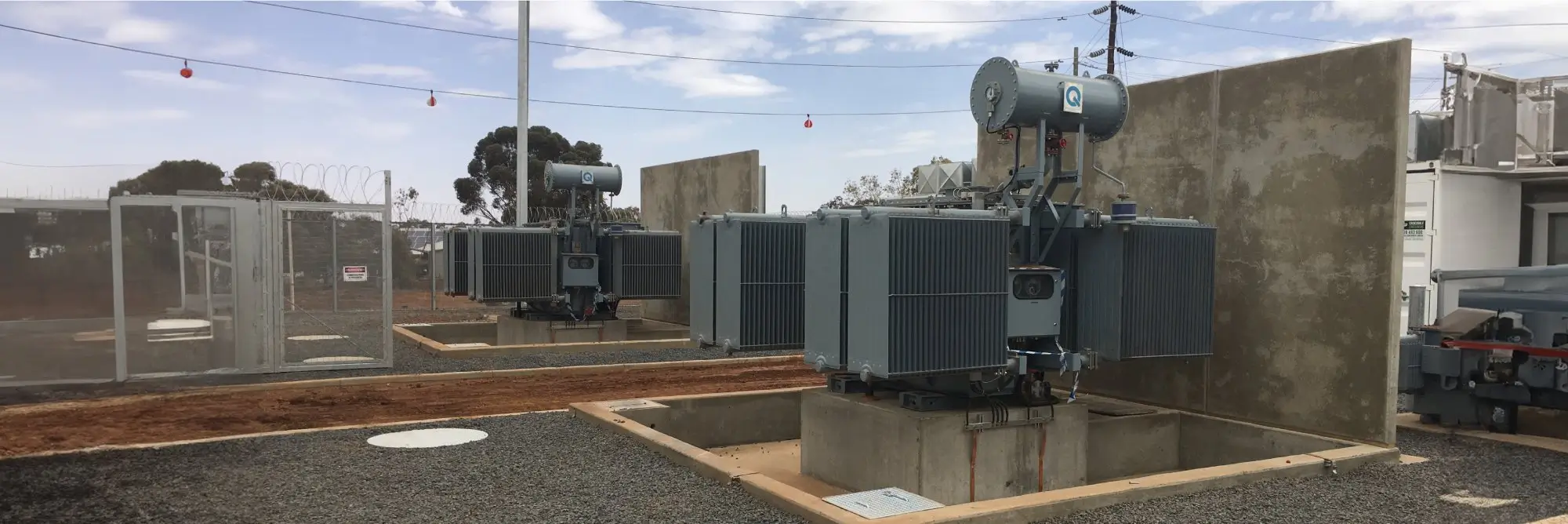
Transformers
Special Purpose Transformers
Special Purpose Transformers are custom-engineered transformers designed to meet the specific and often complex requirements of unique applications across various industries. Unlike standard transformers, which are mass-produced to suit general-purpose needs, Special Purpose Transformers are crafted with precise specifications in mind, addressing particular voltage, current, environmental, and operational challenges. These transformers are critical in specialized settings, ranging from industrial plants and renewable energy facilities to medical equipment and transportation systems. Their design, materials, and construction are optimized to deliver superior performance, reliability, and safety in demanding environments.
Key Functions and Benefits
1 Isolation Transformers
Isolation Transformers are designed to decouple two circuits, providing galvanic isolation while transferring power between them. These transformers are crucial in sensitive environments like hospitals, laboratories, and data centers, where they protect against electrical noise, surges, and other disturbances. By isolating the electrical equipment from the power source, these transformers ensure clean power delivery, reduce the risk of electric shock, and prevent ground loops, thereby enhancing both safety and performance.
2 Rectifier Transformers
Rectifier Transformers are used in systems that require DC power but operate from an AC supply. These transformers are paired with rectifiers to convert AC to DC, and they are often found in industrial processes such as electroplating, smelting, and drive systems for DC motors. They are specifically designed to handle high currents and provide robust performance under the pulsating load conditions typical of rectification processes. Custom designs may include features like multi-winding configurations and cooling systems to accommodate the intense operational demands.
3 Furnace Transformers
Furnace Transformers are specialized for electric arc furnaces (EAFs) and induction furnaces used in steelmaking, foundries, and other metallurgical processes. These transformers are built to withstand the high thermal and mechanical stresses associated with the melting and refining of metals. They provide the necessary voltage transformation and current regulation to ensure stable furnace operation, even under the extreme conditions of frequent short circuits and heavy load fluctuations inherent in furnace applications.
4 Phase-Shifting Transformers
Phase-Shifting Transformers are used in power systems to control the flow of power between different phases in a three-phase network. These transformers are particularly valuable in managing load balancing, reducing loop flows, and optimizing power distribution in interconnected grid systems. By adjusting the phase angle of the voltage, these transformers enable more efficient and flexible power flow control, helping to prevent overloads, reduce transmission losses, and enhance grid stability.
5 Traction Transformers
Traction Transformers are key components in electric railway systems, where they convert high-voltage power from the utility grid to the appropriate voltage levels required by trains. These transformers are designed to be compact, lightweight, and efficient, fitting within the limited space available on locomotives or in substations. They must also withstand the mechanical vibrations and thermal stresses associated with continuous operation and varying load conditions in rail transport.
6 Converter Transformers
Converter Transformers are essential in HVDC (High Voltage Direct Current) systems and other power conversion applications. These transformers are designed to handle the unique requirements of DC transmission, including high voltage levels, harmonics, and bi-directional power flow. They are used to step up or step down voltage levels and to isolate different sections of the HVDC system, ensuring reliable power transmission over long distances with minimal losses.

Customization and Engineering Expertise
Special Purpose Transformers are not off-the-shelf products; they are meticulously designed to meet the exact specifications of each application. This requires a deep understanding of the electrical and mechanical requirements, as well as close collaboration with the customer to ensure that the transformer performs optimally in its intended environment. Factors such as insulation type, cooling method (oil, air, or water), core material, and winding configurations are all carefully considered during the design process. The result is a transformer that not only meets but often exceeds the specific demands of its application.
Special Purpose Transformers are integral to the successful operation of specialized electrical systems across a wide range of industries. Whether it’s providing clean, isolated power in sensitive environments, converting AC to DC for industrial processes, or enabling efficient power flow in complex grids, these transformers are designed to handle the unique challenges presented by each application. Their ability to be customized to exact specifications ensures that they deliver reliable, efficient, and safe performance, making them an indispensable component in the modern electrical landscape. By choosing a Special Purpose Transformer, businesses can ensure that their specific needs are met with precision, leading to enhanced operational efficiency, reduced downtime, and greater overall system reliability.


